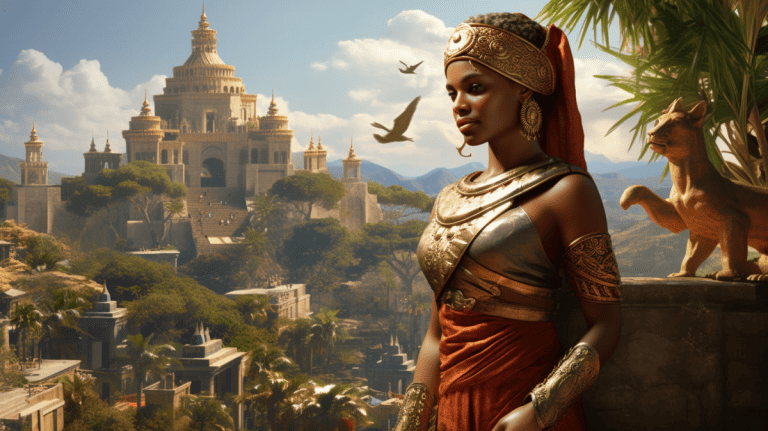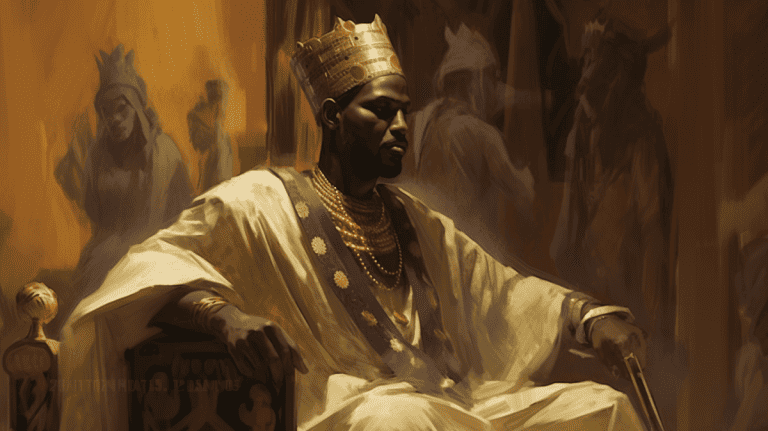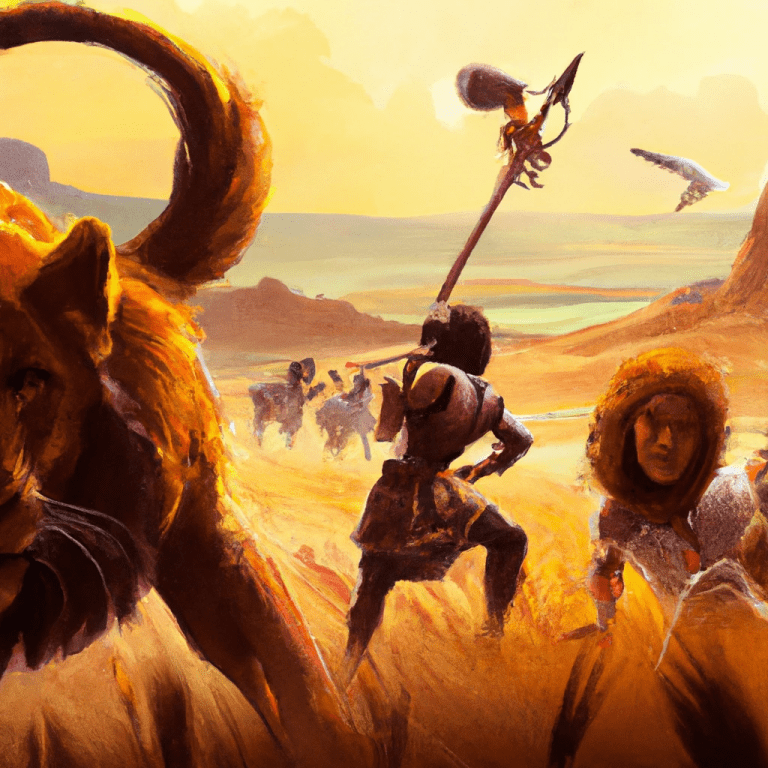The Ashanti Empire, originating in the 17th century in present-day Ghana, was a West African power known for its wealth, primarily from the gold trade. Its influential leadership, cultural symbols like the Golden Stool, and resistance against British rule mark its rich history.

Its majestic influence extended beyond the Ashanti Region, ultimately encompassing the majority of Ghana and even reaching into parts of the Ivory Coast and Togo.
Origins of the Ashanti Empire
The Ashanti Empire’s mesmerising political landscape was originally centred around clans led by paramount chiefs, referred to as Omanhene. Among them, the Oyoko clan distinguished itself by settling in the verdant, sub-tropical forest region of Ashanti and founding the central stronghold of Kumasi. Initially, the Ashanti offered tribute to another Akan state, Denkyira. However, under Chief Oti Akenten’s visionary leadership, the Oyoko clan united Ashanti clans into a formidable confederation to challenge Denkyira’s supremacy.
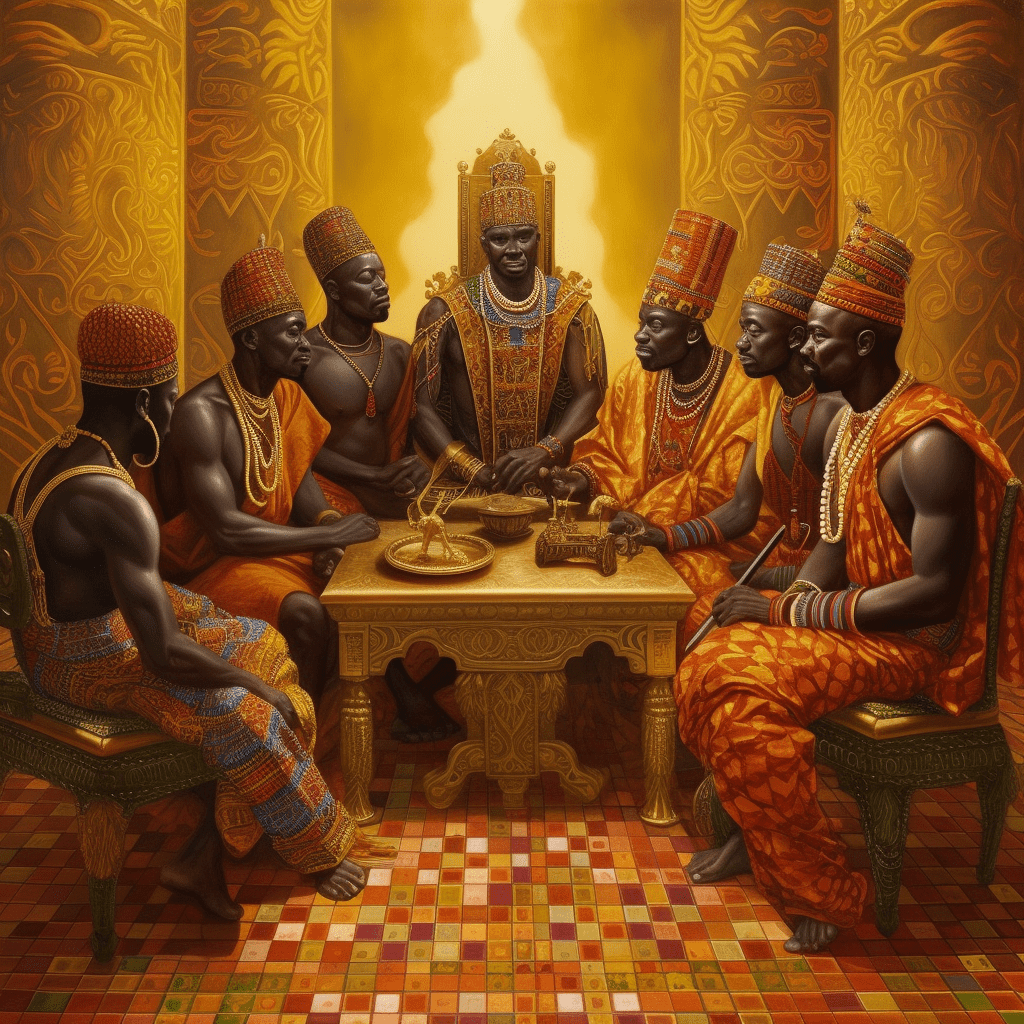
The mythical Golden Stool (Sika dwa) marked the dawn of a new era of centralisation under Osei Tutu. As the legend goes, on the brink of declaring independence from Denkyira, a council of clan heads from various Ashanti communities, including Nsuta, Mampong, Dwaben, Bekwai, and Kokofu, bore witness to the miraculous descent of the Golden Stool from the heavens. Okomfo Anokye, the chief-priest and sagacious advisor to Asantehene Osei Tutu I, declared the stool as the symbol of the Ashanti Union (the Ashanti Kingdom). Devotion was sworn to both the stool and Osei Tutu as the Asantehene. In a ferocious war, the newly established Ashanti Union prevailed over Denkyira. The stool remains hallowed to the Ashanti, as it is believed to enshrine the Sunsum—the spirit or soul of the Ashanti people.
Acknowledging the potential of a cohesive Akan alliance, Osei Tutu solidified the centralisation of adjacent Akan groups and fortified the judiciary system within the centralized administration. Osei Tutu, the Asantehene of Ashanti from 1701 to 1717, and his priest Komfo Anokye, forged the independent chiefdoms into the coastal region’s most formidable political and military force. The Asantehene orchestrated the Asante Union, a coalition of Akan-speaking peoples who now pledged allegiance to his central command.
This dynamic coalition of small city-states evolved into a kingdom, ultimately transforming into an empire eager to expand its horizons. Newly conquered territories were given the option to join the empire or become tributary states. Osei Tutu’s successor, Opoku Ware I, broadened the empire’s borders, encompassing vast swaths of Ghana’s land.
Economy of the Ashanti Empire
Before the Ashanti Empire encountered Europeans, it thrived in trade with other African states, owing to the abundant gold reserves within its territory. The kingdom’s commerce with European nations commenced after establishing contact with the Portuguese in the 15th century AD. As the gold mines in the Sahel began to deplete, the Ashanti Kingdom emerged as a paramount player in the gold trade. At its zenith, the Ashanti people amassed wealth through trading gold extracted from their lands.
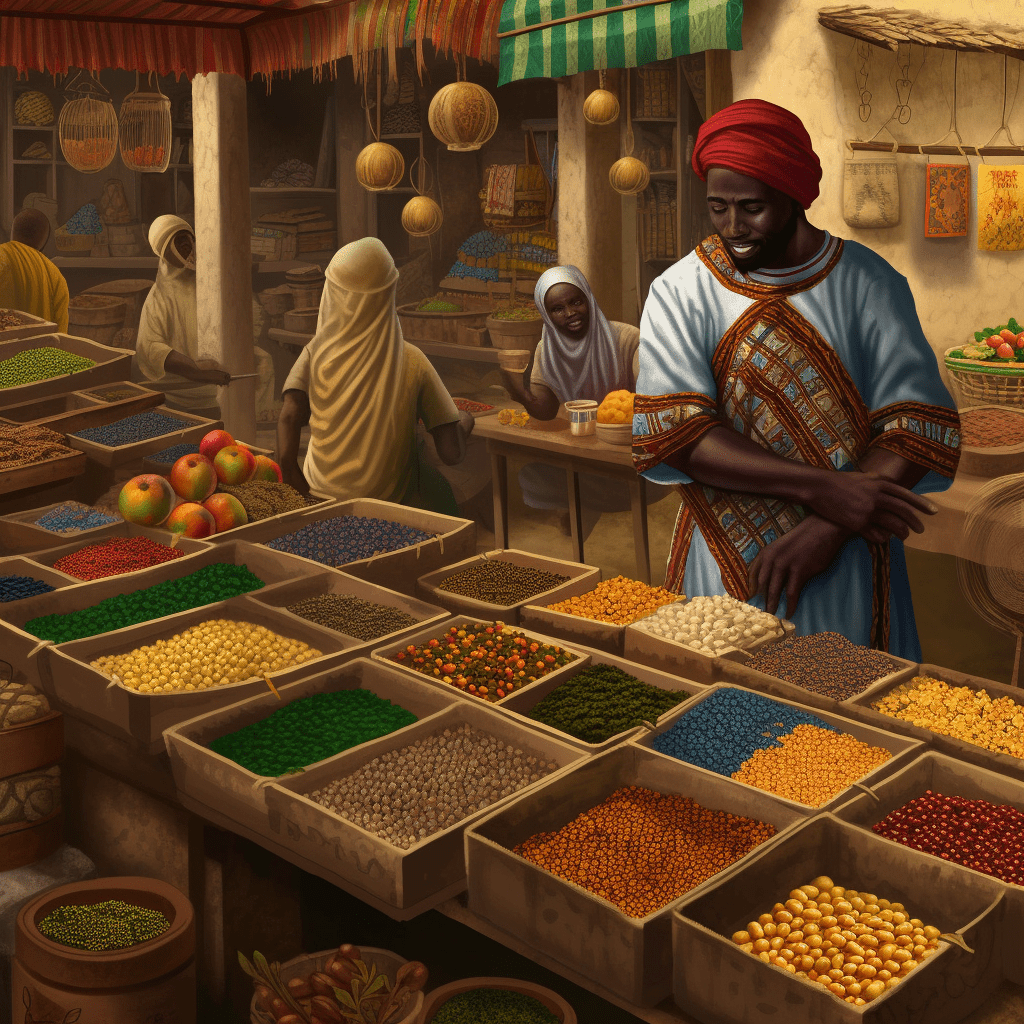
Osei Tutu declared the gold mines as royal assets and instituted gold dust as the empire’s circulating currency. Gold dust was frequently gathered by the Ashanti citizens, particularly by the burgeoning merchant class. Even the less affluent subjects adorned their attire and possessions with gold dust. The royal family and the wealthy possessed more valuable, larger gold ornaments. Periodically, these ornaments were melted and refashioned into exquisite jewellery and statuary, showcasing new patterns of opulence.
In 1701, the Ashanti army vanquished Denkyira, granting the Ashanti access to the Gulf of Guinea and the Atlantic Ocean coastal trade with Europeans, most notably the Dutch.
The Ashanti Empire’s economy primarily revolved around gold trade and agricultural exports, as well as craftwork and commerce with markets farther north. Gold remained the most significant product of the Ashanti Empire. Osei Tutu’s decision to designate the gold mines as royal properties and implement gold dust as the empire’s currency shaped the Ashanti’s economic landscape. The use of gold dust as an ornament by both wealthy and less fortunate citizens, as well as the periodic transformation of larger gold ornaments into elaborate jewellery and statuary, underscored the Ashanti’s deep connection to this precious metal.
Anglo-Ashanti Wars
The Ashanti Empire engaged in numerous battles with neighbouring kingdoms and less organised groups, such as the Fante. The Ashanti triumphed over the British Empire’s incursions in the first two of the four Anglo-Ashanti Wars, slaying British army general Sir Charles MacCarthy and retaining his skull as a gold-rimmed drinking cup in 1824. However, British forces later razed and plundered the Ashanti capital, Kumasi. Following the Ashanti’s final defeat in the fifth Anglo-Ashanti War, the Ashanti Empire became part of the Gold Coast colony on 1 January 1902.
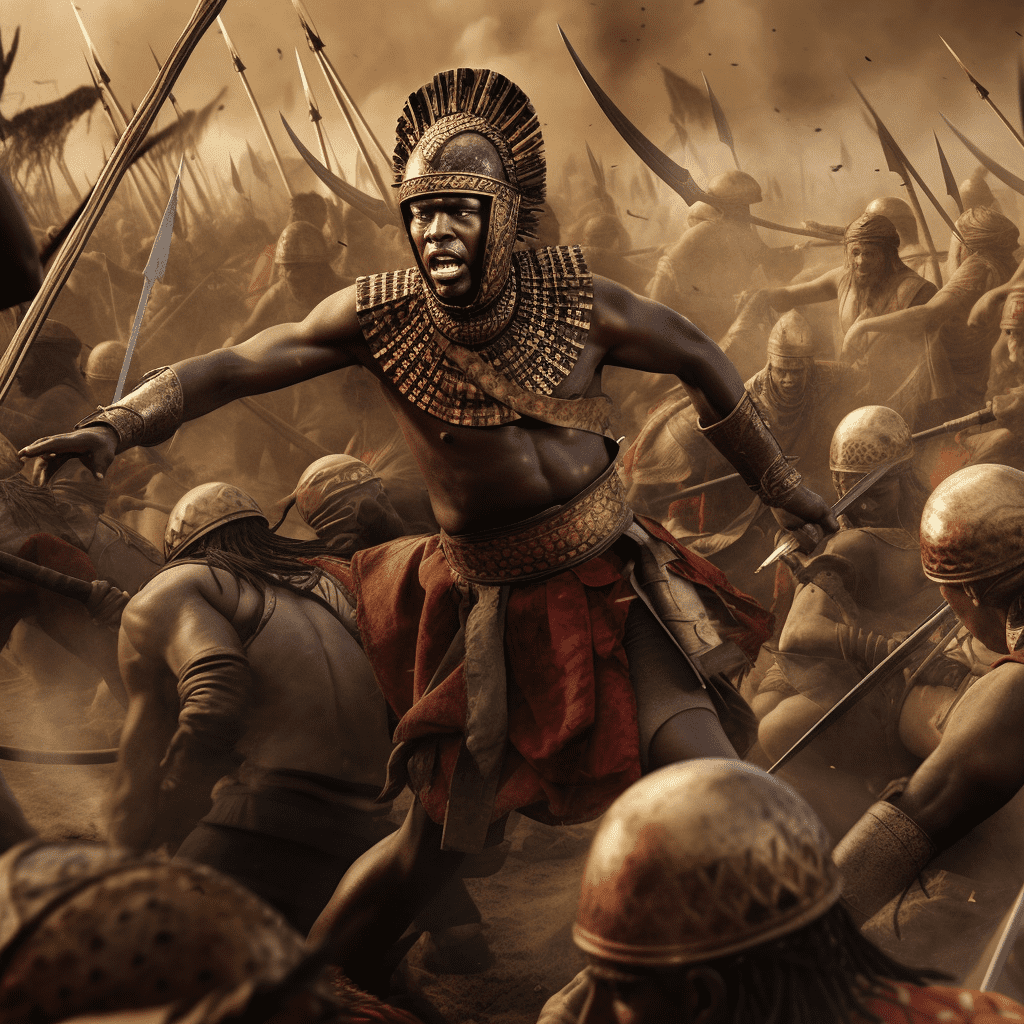
Britain’s annexation of the Ashanti and Fanti territories led to the establishment of the Ashanti Crown Colony on 26 September 1901. Asantehene Agyeman Prempeh was dethroned and detained, and he, along with other Ashanti leaders, was banished to Seychelles. The Asante Union ceased to exist, and a British Resident settled permanently in Kumasi, with a British fort built soon after.
The Ashanti Empire Today
Today, the Ashanti Kingdom endures as a constitutionally safeguarded, sub-national traditional state, united with the Republic of Ghana. Otumfuo Osei Tutu II Asantehene presently reigns as the king of the Ashanti Kingdom. Home to Lake Bosumtwi, Ghana’s sole natural lake, the kingdom’s current economic revenue primarily stems from trading gold bars, cocoa, kola nuts, and agriculture.
Sources
“Ashanti Empire,” Wikipedia, last modified April 2, 2023, https://en.wikipedia.org/wiki/Ashanti_Empire.
“Asante Empire,” Encyclopædia Britannica, last modified February 15, 2022, https://www.britannica.com/place/Asante-empire.
“Ashanti Empire/Asante Kingdom (18th to late 19th Century),” BlackPast, accessed April 4, 2023, https://www.blackpast.org/global-african-history/ashanti-empire-asante-kingdom-18th-late-19th-century/


